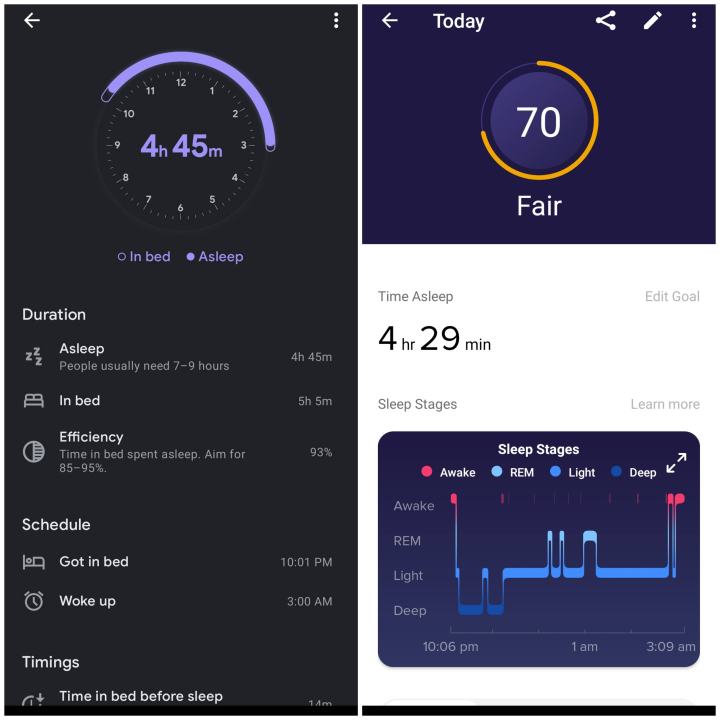At first glance, the newest Google Nest Hub looks almost identical to the original Nest Hub. That’s not a bad thing but it also made me wonder, what’s new? Turns out, the 2nd gen Google Nest Hub has a few new impressive tricks up it’s sleeve. I took it for a test in my home.
Hardware
Aesthetically, the Google Nest Hub looks almost identical to the original model. That’s not a bad thing but it means you have to dig a little deeper to see the big changes Google made with the new Nest Hub.
Google says the speakers on gen 2 are much better than the original, they promise 50 percent more bass than the original Nest Hub. I couldn’t quantify that but agree that the speakers do sound better. It’s not a replacement for a full-blown sound system but it’s a great little music device for your kitchen or bedroom.
The biggest addition is what Google calls the Soli chip. This is a radar chip that can track small motions. So small, in fact, that it can detect your breathing and track your sleep patterns. The chip is also used for hand motions so you can use gestures to pause music or dismiss a notification. Google is quick to point out that Soli is not a camera, it doesn’t record video.
The 7″ screen on the front looks identical to the previous Nest Hub and is great for watching Youtube videos, reading recipes or checking the weather.
Your Hub for all things smart
If you haven’t used a Google smart hub in a while, it’s worth checking it out again. The software on the Nest Hub has gotten SO much better over the past few years. The days of simply asking for weather or setting an alarm are over. The touchscreen on the hub lets you navigate through various options including the clock, your day planner, wellness, home control, media and communications. Google is clearly trying to make the Nest Hub your home “hub”. I think they’ve done a great job. If you have a decent amount of Google devices or services in your life, you’ll be impressed with how many of them pop up in the Google Nest Hub interface.
Shhhhh… I’m sleeping
The big new highlight in the Nest Hub is the ability to track your sleep using that Soli chip. The chip uses radar to track movement with enough detail that it can actually detect your breathing patterns. The Nest uses this to track when you go to bed, how long it takes you to fall asleep and the quality of your sleep. It also uses the microphone and light sensor to track things that could be impacting your sleep patterns. It’ll also track your snoring! Uh oh Dad, you’re finally on the record.
For this to work the Nest has to be at bed height and within an arm’s reach of where you sleep. A quick calibration will help you point the Nest in the right direction so the sensor can accurately track your breathing. Once it’s dialed in, I found that it worked pretty well. In fact, I used my Fitbit watch to track my sleep on the same night as the Google Nest Hub and found results to be very similar.
The best part about using the Nest Hub to track your sleep is that you don’t have to wear something on your arm while in bed. You can charge your smartwatch at night and still track your sleep. I was impressed with how much detail the Nest Hub provided about my sleep despite being on the nightstand and not my wrist.
An important thing to note is that Google will likely charge for this feature in the future. They are offering Sleep Sensing under a free preview until next year.
T


